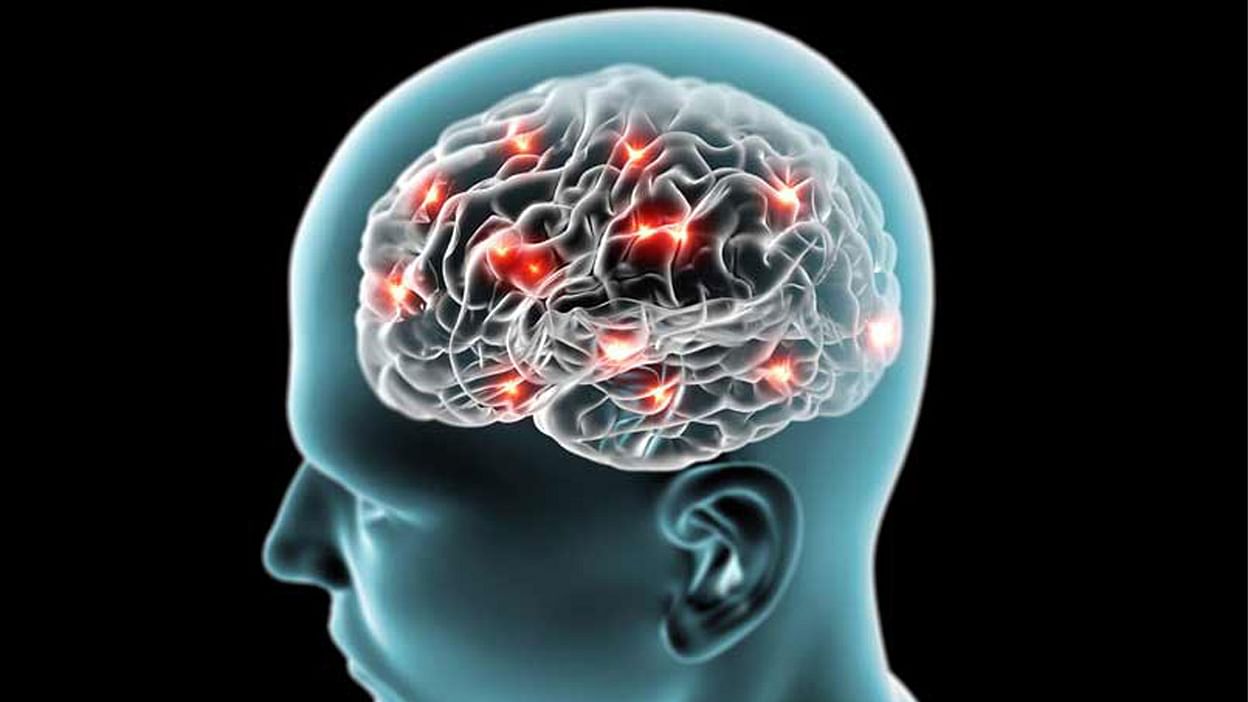Researchers Discovered How The Human Brain Creates Memories.

The National Institutes of Health (NIH) in the United States recently published research indicating that they had identified and observed the specific brain cells responsible for creating, storing, and retrieving human memories. The paper, titled “Neurons detect cognitive boundaries to structure episodic memories in humans,” lays out a paradigm in which “boundary” and “event” cells in the human brain act as markers between specific memories. This means that each of our memories is a distinct object, like a piece of chocolate or a folder in a filing cabinet.
The team enlisted the help of 20 volunteer patients whose brain activity was being recorded via surgical implant for the purpose of treating drug-resistant epilepsy. The volunteers were asked to watch videos depicting sequences of events before being asked to recall the specific order in which they occurred later.
According to an NIH press release: Last year, MIT scientists conducted a similar experiment with lab rats. However, their work required the rats to run laps around a track, where they were rewarded with a treat upon successfully completing a circuit. The MIT team was able to identify the boundary and event cells that marked not only the start and end of each lap, but also which lap the rats were on (first, second, third, and so on). In essence, the researchers observed the formation of discrete chunks of memory.
Despite the fact that the two experiments were conducted by different teams and that the human brain is unquestionably far more complex than a rat’s, their independent results appear to confirm one another. The NIH team plans to expand on this work in the hopes of discovering new therapies for memory disorders. However, there may be ramifications beyond the health sector.

Artificial intelligence in its current state is best described as a pale imitation of human intelligence. One feature that distinguishes us from machines is our ability to process and retrieve memories in the context of a relatively static timeline. In other words, we have the ability to perceive the passage of time. It’s possible that machines will never truly achieve self-awareness unless they can cognitively process an unbroken chain of discrete-time chunks in the same way that humans and lab rats do.
Previous physics research has shown that time itself may be made up of discrete units, implying that the passage of time isn’t subjective — unless you’re standing in a black hole. The human brain, on the other hand, does not alter the actual flow of time when accessing memories — it would be quite discombobulating if the entire universe went into reverse every time one of us tried to remember where we left our car keys. Instead, we engage in what is known as “mental time travel.”
“Remembering is not like playing back a tape or looking at a picture; it is more like telling a story,” Ulric Neisser wrote in Memory: An Anthology.
The passage of events through the lens of observation enables our fascinatingly complex brains to construct a unique, malleable model of space-time in our minds.
According to NIH and MIT research, this time model is just as useful for memory formation, storage, and retrieval as the real thing (again, assuming time itself is made up of discrete chunks). And, hypothetically, this means we could potentially imitate it. If AI researchers could create artificial boundary and event cells, they might be able to create a machine “brain” capable of forming and recalling its own experiential memories. Remember that the next time you say something hurtful to a virtual assistant.








